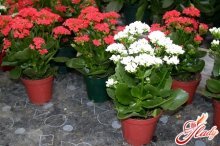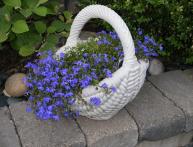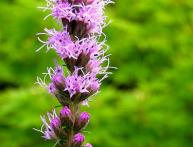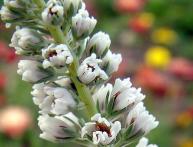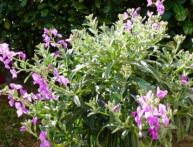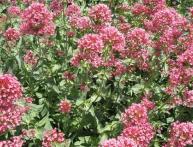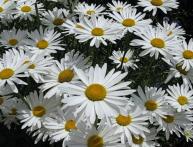Kalanchoe Kalandiva: rules for caring for the plant
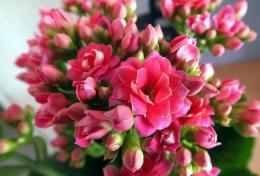
At home you can grow various types of Kalanchoe. The Kalandiva variety is the most common and is adapted to keeping indoors.
This is a spectacular low plant with bright double flowers. flowers of various shades, which attracts with its lush inflorescences.
Kalanchoe Kalandiva is an unpretentious indoor plant and does not require special care.
Content:
- Description of the Kalanchoe houseplant
- Reproduction and transplantation of Kalanchoe Kalandiva
- Features of caring for Kalanchoe Kalandiva
Description of the Kalanchoe houseplant
Kalanchoe Kalandiva is a low plant of the Crassulaceae family, which reaches a height of no more than 40 cm. This variety belongs to the group of succulents.
Shoots of the plant thick naked and fleshy. The leaves are round or ovoid in shape, have short petioles and are located opposite each other.
The leaf blade is dark green with rounded teeth. The length of the leaf plate is 5 cm and the width is 3 cm.
Kalanchoe flowers are erect and double. Their diameter is about 1 cm. All flowers are collected at the top in racemose inflorescences.
The flowers last for a month, then fade. Over time, new ones appear in their place, so the flowering period lasts about six months.
The corolla of the plant, depending on the variety, can have a wide variety of colors: yellow, red, purple, orange or white.
Reproduction and transplantation of Kalanchoe Kalandiva
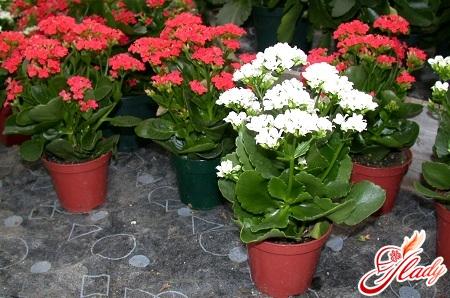
Kalanchoe Kalandiva is propagated by stem cuttings. Reproduction in progress in the following way: a leaf or stalk is cut from the plant and placed in water. The further development of the plant depends on the choice of cuttings, so you should consider this carefully.
Old shoots must be shortened to 7-8 cm before propagation. The best option would be cuttings of young shoots. Cuttings should always be cut with leaves. The procedure must be performed very carefully.
Sometimes babies form on the leaves of Kalanchoe and take root on their own. They are located along the edges of the leaves.
To root the plant, the cuttings can also be planted in damp sand or peat to a depth of 1.5-2 cm. Next, cover with a transparent glass or other container.
Rooting occurs faster in water than in soil. Roots form within a week. After this, you can plant it in a separate pot.
After purchasing this beautiful indoor plant, you should immediately replant it. The plant does not require frequent replanting. A young plant is replanted every year in the spring, and adults, when the roots become crowded in the pots.
Kalanchoe develops and grows better in a nutritious soil mixture. It may vary in composition. In equal proportions it is necessary to take humus, sand, peat, turf and leaf soil. Mix everything well and use it to replant the plant.
Another option for soil mixture: take 3/4 humus and 1/4 regular sand. You can also take simple garden soil and mix it with sand in a 3:1 ratio.
The plant is characterized by long flowering, which can last from February to July. After the Kalanchoe has bloomed, a period of rest begins.At this time, you should limit watering and place the pot with the plant in a cool place.
This is the most important period, since after it the flower begins to bloom again. In Kalanchoe, after flowering ends, all flower stalks are cut off and the shoots are pinched.
After the formation of new shoots, they are pinched again. It is recommended to prune the plant at the root so that new shoots form faster. By spring the plant will gain strength and bloom again.
Features of caring for Kalanchoe Kalandiva
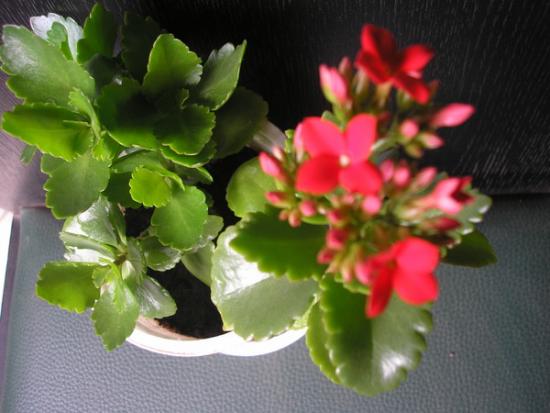
After purchasing a Kalanchoe, it should be adapted to home conditions. The plant is unpretentious in care, so even novice gardeners will not have any difficulties.
It does not make any special efforts or demands, and is practically not exposed to disease. Some parameters are important for keeping Kalanchoe Kalandiva.
Lighting. To plant buds, it is necessary to observe the light regime. The room in which the plant is located must be sufficiently lit. Pots with Kalanchoe are not recommended to be placed in shaded or brightly lit areas.
Exposure to direct sunlight can cause burns on the leaves. The best option for placing the plant is in the east or west. In cloudy weather, when there is insufficient lighting, the plant needs artificial lighting.
Watering. Watering should only be done when the soil is dry. Water for irrigation should be soft, at room temperature. It is better to use filtered or settled water.
In winter, once every 10-13 days is enough; in summer, you need to water more often every 5-6 days.If there is an excess of moisture in the soil, then at high temperatures the shoots will become pale, lethargic and will be susceptible to various diseases.
Temperature regime. For good plant development, the temperature should be between 15-30 degrees. In autumn and winter, the temperature can be slightly lowered to 14-16 degrees.
This temperature range helps the formation of buds. If this requirement is not met, the plant will not bloom. Drafts should be avoided, as they provoke the appearance of mold on the leaves.
Air humidity. The plant tolerates dry air well. If the air is very dry, then you need to take another container, fill it with peat and place a pot of Kalanchoe in it.
It is not advisable to spray the plant from above. It is recommended to wipe the leaves from dust every 2 weeks.
Feeding. Kalanchoe Kalandivu needs to be fertilized 2 times a year - in autumn and spring. It should be fed 1-2 times a month. It is at this time that the buds are laid.
As a top dressing, you can use complex fertilizers intended for succulents. You can also alternate mineral and organic fertilizers. They are diluted according to the instructions and added to filtered water before watering.
If you often feed the plant, the green mass will increase significantly, and the plant will not delight with its beautiful flowering.
When a houseplant is not properly cared for, various diseases often appear. If Kalanchoe is watered too much, the plant may become rotten. Lack of moisture can cause brown spots to appear on the leaves or cause them to fall off.
In rare cases, such spots may indicate a viral or bacterial infection of a houseplant.
If the plant begins to fall or leaves turn yellow, then this indicates a lack of lighting for the plant. Kalanchoe Kalandiva should be immediately moved to a well-lit place. Leaves may fall off if there is a lack of nutrients.
In this case, you should start feeding the plant. The appearance of black spots indicates the presence of a parasitic fungus. Fungus develops when watering is improper or at low temperatures.
The Kalanchoe should be transplanted into a new pot, change the soil mixture and trim off all damaged leaves. Pests rarely attack the plant, but sometimes aphids may appear on Kalanchoe flowers. You can get rid of it using an insecticide.
Proper care of Kalanchoe Kalandiva will allow you to enjoy growing this unpretentious tropical plant. If you follow all the rules, the plant will delight you with its beautiful inflorescences for a long time.
Video on how to properly plant Kalanchoe Kalandiva:
Interesting information about the vegetable garden

